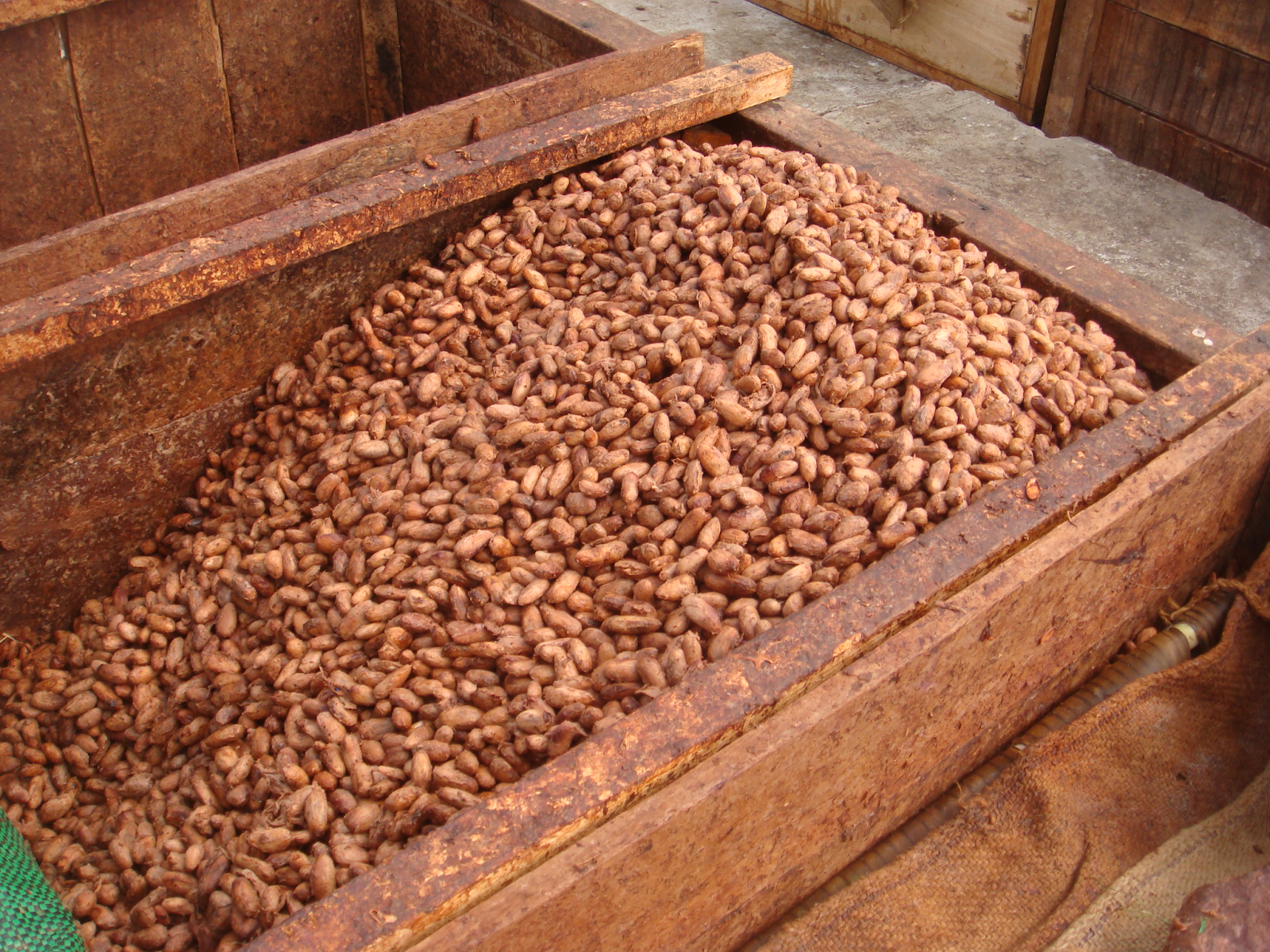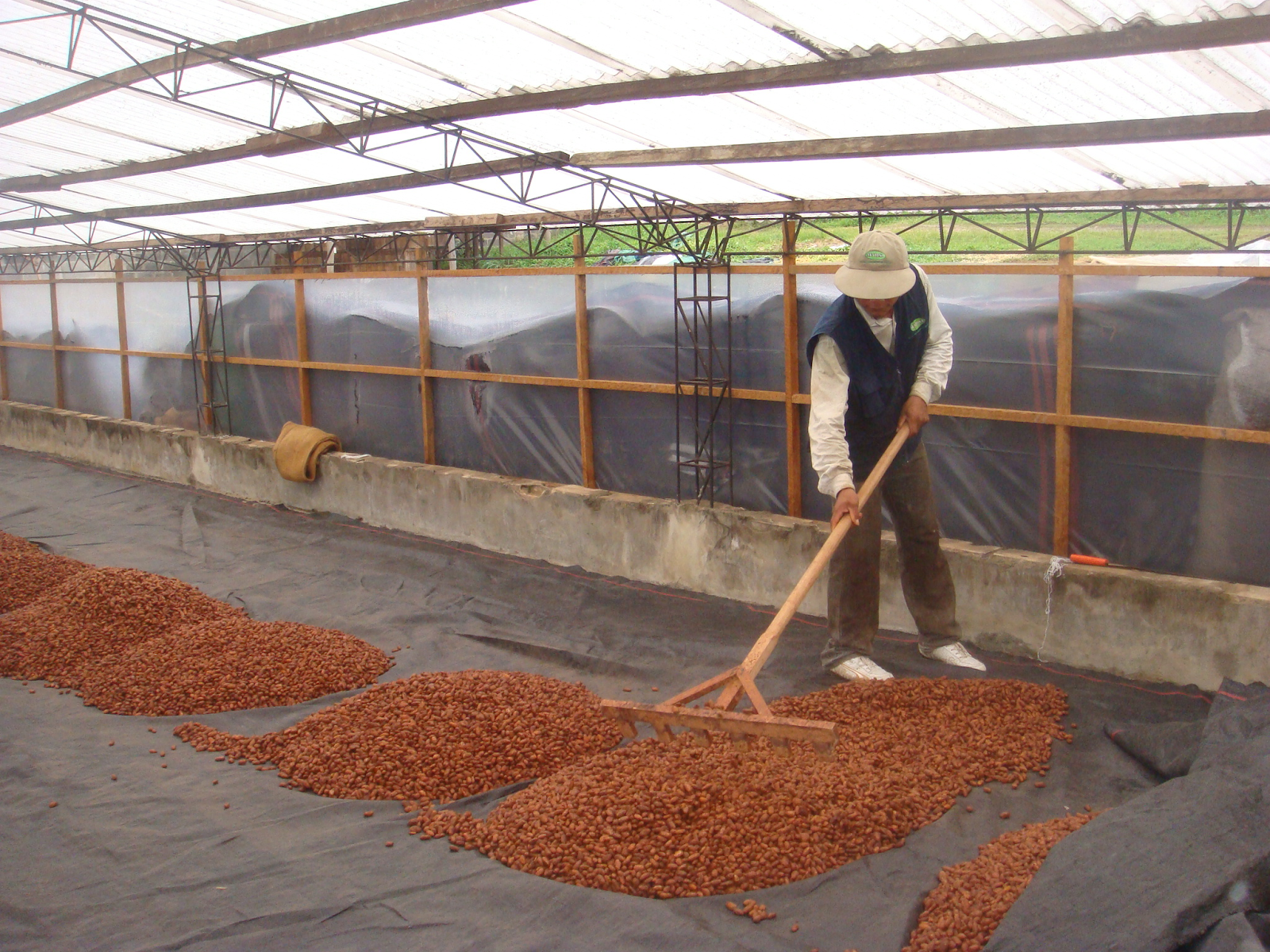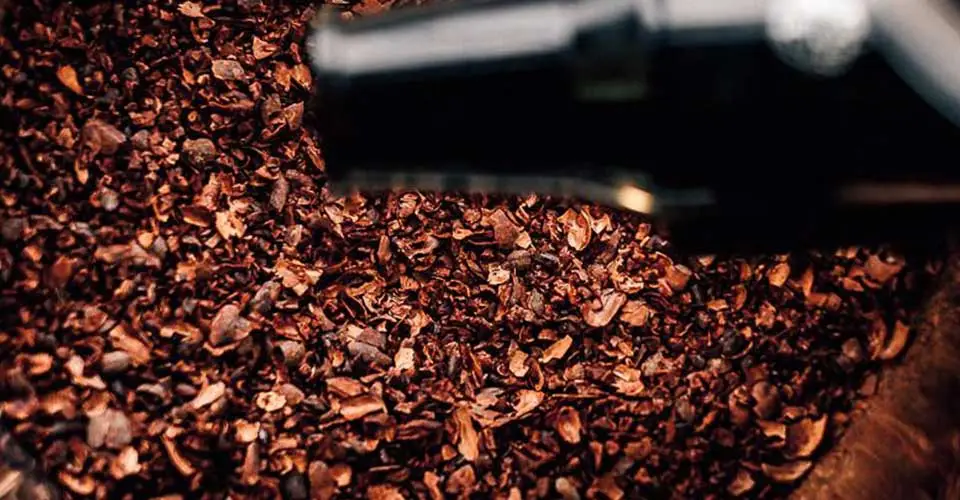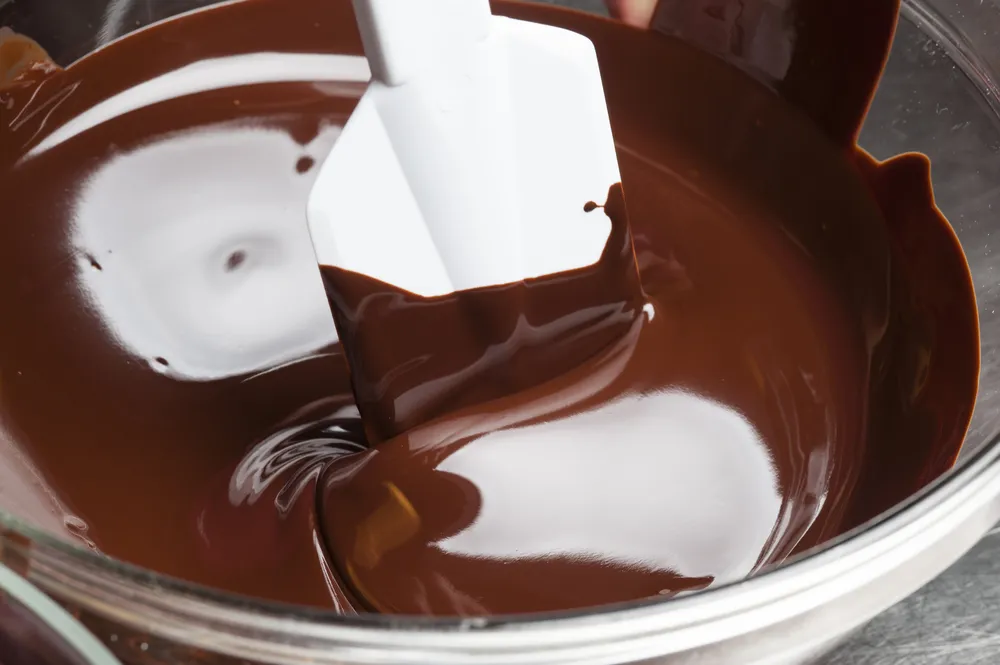The roasting and grinding of cocoa beans, the blending of ingredients like sugar and milk powder, the refinement of the mixture, the conching of the mixture to improve flavour and texture, the tempering of the chocolate to achieve the desired consistency, and finally, the moulding and packaging of the finished product are all steps in the production of chocolate.
Each step must be carefully attended to and executed skillfully to make chocolate of the highest calibre.
Introduction
Everyone defines chocolate differently. It can be creamy, sweet, decadent, or all three combined. Many don't know chocolate comes from tropical fruit trees called Theobroma cacao.
It takes weeks to turn that colourful fruit into a tasty chocolate bar, which takes ten steps. Chocolate manufacture includes harvesting, fermentation, drying, roasting, winnowing, refining, and tempering. Most chocolate bars you've ever eaten were made following these steps.
In this blog post, you will learn all ten steps in chocolate manufacture, chocolate-making materials, and making chocolate in a factory.
Did You Know? The global cacao beans market size was US$ 10 billion in 2022, and as per the estimation, it will reach US$ 20 billion by 2028, growing 7% annually.
 Raw Materials Used for Making Chocolates
Raw Materials Used for Making Chocolates
The primary ingredient in making chocolate is cacao beans. Listed below are the other key ingredients in making chocolate.
The flavour determines which of the following ingredients are used in preparing chocolates.
- Pure cacao butter
- Cacao powder
- Cacao nibs
- Sugar
- Condensed or powdered milk
- Vanilla
- Cloves
- Cinnamon
- Ginger
- Honey
- Soy lecithin
- Caramel
- Mint
- Pecans, almonds, and other nuts
- Berries, oranges, and other fruit
Chocolate lovers will agree that chocolate has many uses. The raw chocolate materials presented here can be used in savoury and sweet recipes. In contrast, chocolate bars, pralines, and other chocolate delicacies are often associated with sweet flavours.
Chocolate Manufacturing Process
The following are ten steps involved in chocolate production.
Also Read: How does Sugar Manufacturing Business in India Process?
Step 1 - Cacao Fruit Harvesting
Cacao trees are known for their football-shaped fruits that grow all over their trunk and branches. Cacao fruit pods come in various colours and types, but when ripe, they change colour brilliantly.
With a sharp knife, usually a machete, pods are cut off at their base, preventing tree damage. Depending on the size, you can find pods as small as your palm or as large as your head.

Step 2 - Cacao Fermentation
Fermentation occurs in a farm's central area after harvesting all ripe pods. In the pods, you will find about a dozen almond-shaped seeds surrounded by aromatic white pulp that smells like lychee. Scooping the seeds from the pods and stacking them is the next step.
A box containing cacao seeds- commonly called cacao beans- is covered with banana leaves so heat cannot escape. Maintaining high temperatures throughout fermentation is essential to develop chocolatey flavours and prevent sprouting.
Cacao beans sprout fast after removing them from trees, so moving them to boxes must be done quickly. After that, they will remain in those boxes for 3-7 days, when yeast and bacteria from the air will consume the fruit's natural sugars, completely altering their taste.
Cacao beans are often fermented in tiered boxes, allowing sugar-eating bacteria to get enough oxygen when they transfer between the boxes. During this process within the beans, acids are formed, and bitter compounds are transformed, which are also necessary for wine and beer production. Fermentation is, therefore, a crucial step in chocolate production.

Step 3 - Drying Cacao Beans
The chocolate manufacturer dries cacao beans to a low moisture level after fermentation. An ideal level is around 7%. Some farmers use fire to dehydrate beans in high-humidity areas.
Farmers dry beans as much as possible in direct sunlight, usually 5-7 days. Chocolate makers can receive cacao once it has been dried and packed into bags. The beans must be dry enough so that mould cannot grow during shipping, usually by boat.

Step 4 - Cacao Bean Roasting
A chocolate maker must inspect and clean their cacao after it is received. Chocolate materials, including twigs, cacao pods, and trash, can be disposed of this way. Roasting occurs in an oven or a pan over the fire, sometimes in a specialised roaster.
In the same way that fermentation takes less than an hour, roasting takes less time, but the temperature and timing determine the chocolate's final taste. Different flavours are associated with light, medium, and dark roasts of cacao beans.
Also Read: Home-Made Chocolate Business and What Makes it Rewardingly Delicious!
During roasting, the natural shell of the beans also loosens, making the next step easier.

Step 5 - Cracking Cacao Beans
Cracking and removing the shells from cacao beans, like cracking peanuts or Brazil nuts, are necessary. Despite its hardness, the exterior has little to no chocolatey flavour, and it may still have bacteria from the farm.

Step 6 - Winnowing Cacao Beans
A winnowing machine can easily separate the beans from the shells after cracking. A winnower blows air beneath the beans, removing the lighter covers. In this stage, the shells are called "husks", and the broken parts of beans are called "nibs."

Step 7 - Refining Chocolate
A cacao nib's transformation into chocolate involves refining and conching. The first step is to reheat and grind cacao nibs into a paste form, which only takes two minutes to reheat.
Cacao fat must be reheated before grinding to speed up the process. Because cacao contains approximately half fat (cocoa butter) and half solids (cocoa solids), the beans are half and half fat. It is bitter and acidic and is known as cacao mass.
A refiner then processes the cacao mass for 24 to 72 hours. Refining cocoa solids involves crushing them into smaller particles, which giant machines can control more precisely. When chocolate melts, it creates that smooth, uniform texture we expect.

Step 8 - Conching Chocolate
The conching removes moisture and some excess acids formed during fermentation by introducing air into the chocolate. The refining process often includes conching.
The process of refining is adding sugar and other ingredients; cacao and sugar are the most basic forms of chocolate.

Step 9 - Tempering Chocolate
You can eat chocolate straight from the machine after the refining process is possible! Most chocolate sold in stores undergoes a process called tempering before packaging. Heat, cool, and then rewarm chocolate to keep it smooth and shiny is the process of tempering.
Cocoa butter's fatty acids are forced into form V during the tempering process, giving the chocolate a glossy surface, a snap, and a smoother texture.
Chocolate manufacture must temper unless diluted with a cheaper oil that coats the cocoa and sugar better. This tempering process helps to prevent cocoa and sugar solids from sticking to one another,
Untempered chocolate will have grey streaks or bubbles of fat caused by a mixture of the six cocoa butter crystal formations. It is common for chocolatiers to let their chocolate mellow out for a couple of months before tempering it to allow the flavour to develop fully.
It is possible to mould chocolate into chocolate bars, make bonbons, coat candy bars, or sculpt it into beautiful forms after tempering.

Step 10 - Chocolate Ageing
There needs to be more understanding and research surrounding the ageing process of chocolate. Still, small-batch artisans and large manufacturers agree that ageing finished chocolate for several weeks gives it a more complex and rounded flavour.
Most large companies permit this process in their distribution networks, while small artisan producers reserve chocolate batches for up to two months before tempering, moulding, and packaging.

How is Chocolate Made in Factories?
Described below are the steps involved in making chocolate in a factory.
Step One: Spread cacao beans in mesh screens. The process removes any twigs, dirt, rocks, or dirt that might be present in the batch.
Step Two: Then, immerse cacao beans in a large drum, where the heating process occurs, which makes the shells loosen.
Step Three: Winnowing of cacao beans occurs in this step by an automated machine called Winnower.
Step Four: Roast the beans until they achieve the desired flavour, and cooking them longer reduces the cacao taste.
Step Five: Powdered cacao beans are mixed with other key ingredients in making chocolate to create a chocolatey liquid.
Step Six: Mix the cacao beans with cocoa butter and sugar based on your desired flavour.
Step Seven: Refining the chocolate into a dry powder occurs after mixing all the ingredients.
Step Eight: Using a machine known as a conch, the powder becomes liquid again.
Step Nine: This step involves moulding using plastic moulds to create chocolate bars from liquid chocolate.
Step Ten: Let the chocolate cool for two hours.
Your chocolate is ready for consumption now. Enjoy!
Conclusion
In summary, ten steps are involved in creating your favourite chocolate: harvesting, fermentation, drying, roasting, winnowing, refining, and tempering. To make chocolate of the highest calibre, it is essential to carry out each process carefully and expertly.
Cacao beans are the main component in chocolate production, and other components like sugar, milk powder, and different spices are combined to improve the chocolate's flavour. Now you understand how chocolate is produced and made in the factory.
Chocolate-making requires a lot of labour, and you now know why. Some craft chocolatiers are better at coaxing flavours from their beans than others.
Follow Khatabook for the latest updates, news blogs, and articles related to micro, small and medium businesses (MSMEs), business tips, income tax, GST, salary, and accounting.
